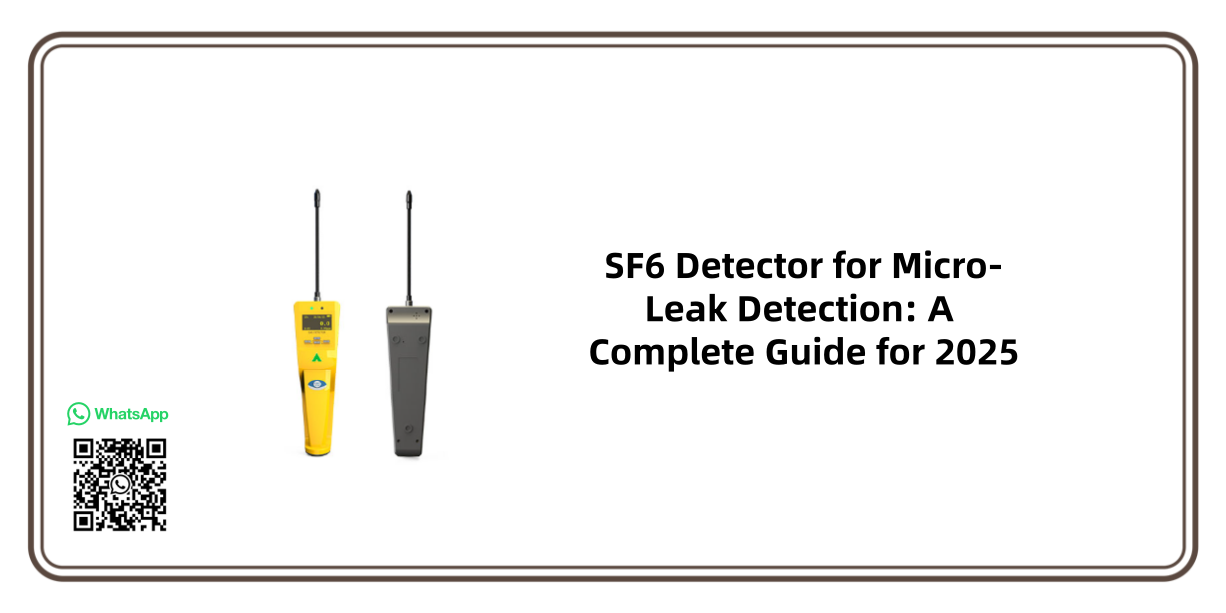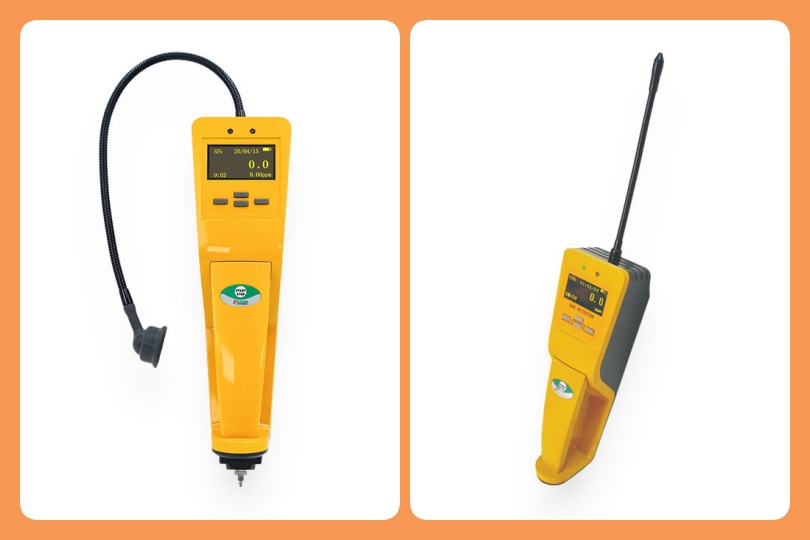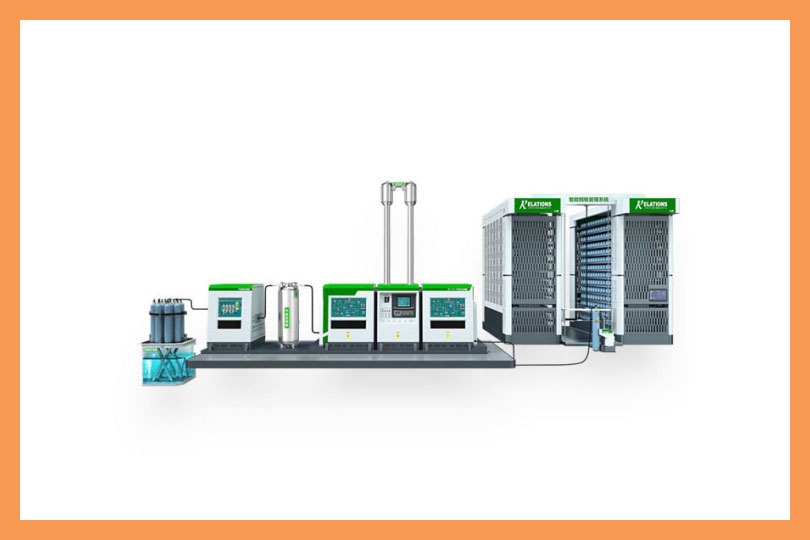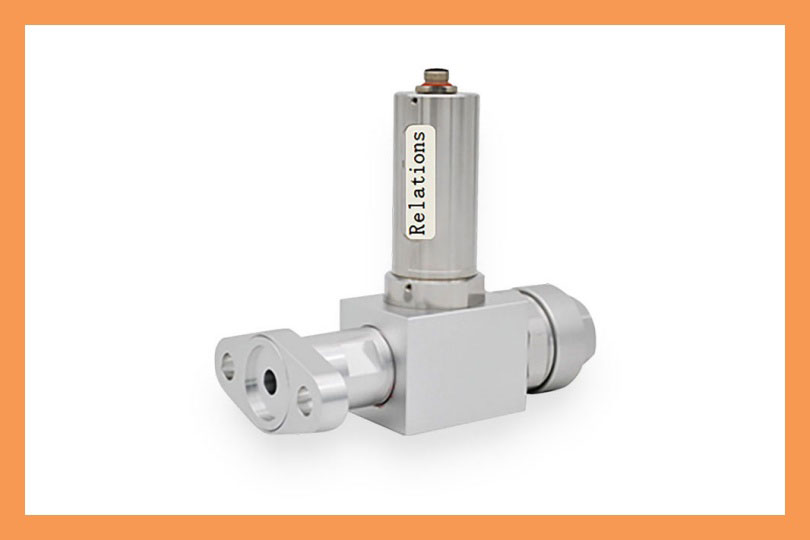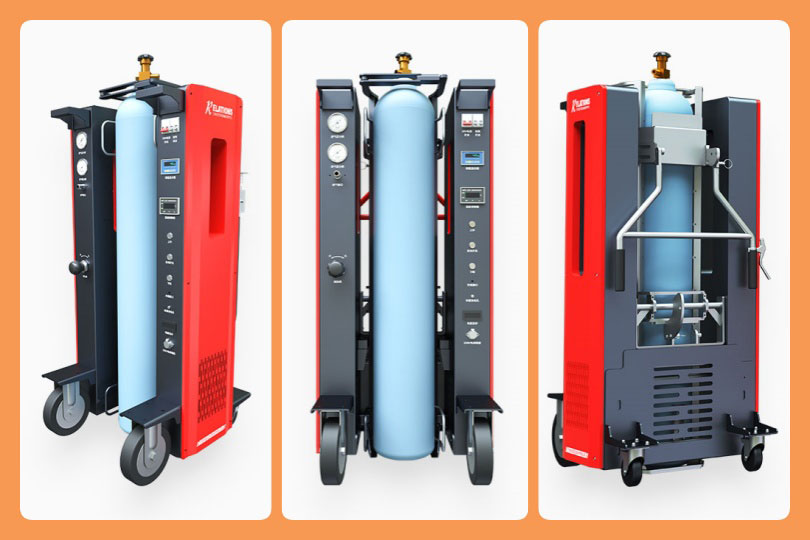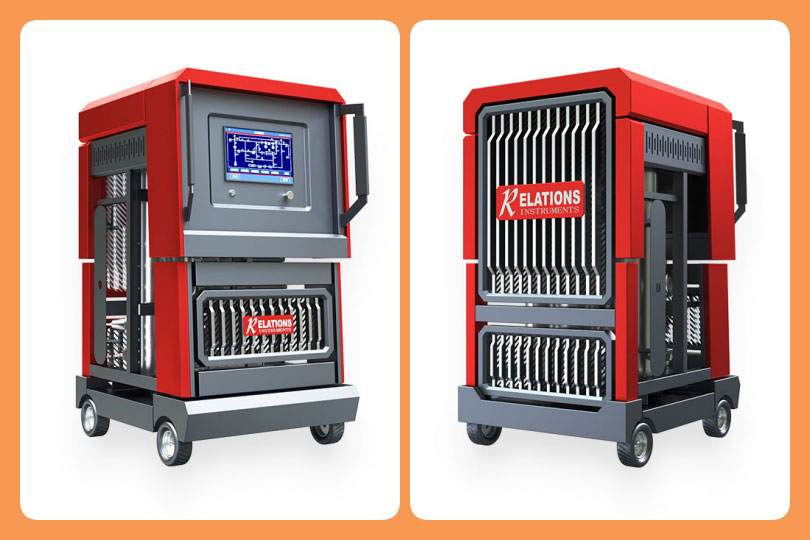SF6 Detector for Micro-Leak Detection
Date
2025-11-05
[email protected]
Website
www.sf6gasdetector.com
Get Solutions And Quotes
SF6 Detector for Micro-Leak Detection
Why SF6 Micro-Leak Detection Can’t Be Ignored
Before diving into SF6 detector, it’s crucial to understand why micro-leak detection is non-negotiable—especially for industries relying on SF6 equipment.
First, environmental compliance: SF6 has a global warming potential (GWP) 23,500 times higher than CO₂ and a lifespan of over 3,200 years in the atmosphere. Regulatory bodies like the EPA (U.S.) and IEC (international) mandate monitoring and reducing SF6 emissions, making a SF6 detector for micro-leak detection a key tool for meeting standards.
Second, equipment reliability: Micro-leaks gradually reduce SF6 pressure in sealed systems, weakening insulation performance. Over time, this can lead to electrical arcing, equipment breakdowns, and costly downtime—issues that early detection avoids.
Third, cost savings: SF6 is expensive, and even small leaks add up to frequent gas refills. A quality SF6 detector for micro-leak detection catches leaks early, cutting replacement costs and preventing expensive repairs.
Top Technologies for SF6 Detector for Micro-Leak Detection
1. Negative Ion Capture (NIC) Technology
- Sensitivity: Detects leaks as small as 1×10⁻⁸ ml/sec (0.001 g/year)—perfect for critical electrical equipment.
- Pros: Fast response time (<1 second), non-radioactive (no regulatory hassle), and unaffected by high SF6 concentrations.
- Top model: Ion Science LeakCheck P1, a handheld detector ideal for on-site GIS inspections.
2. Tunable Diode Laser Absorption Spectroscopy (TDLAS)
- Sensitivity: Down to 0.01 ppm, making it suitable for both micro-leaks and low-concentration monitoring.
- Pros: High accuracy, resistant to humidity and dust, and safe for hazardous environments (e.g., chemical plants).
- Consideration: TDLAS detectors (like Wuhan UHV TL-9000) are pricier but worth it for industrial-grade reliability.
3. Non-Dispersive Infrared (NDIR) Technology
- Sensitivity: Typically 0.01–1 ppm, with a long sensor lifespan (5–10 years).
- Pros: Stable performance, low drift, and easy calibration—great for routine substation checks.
- Top model: DILO LeakSpy SF6, a portable option with 12+ hours of battery life for fieldwork.
4. Optical Gas Imaging (OGI)
- Sensitivity: Detects leaks as small as 227 g/year (less precise for ultra-micro leaks but great for visual confirmation).
- Pros: Non-contact (safe for live equipment), covers large areas fast, and captures photos/videos for reporting.
- Top model: FLIR GF306, a popular choice for power utilities needing to pinpoint leaks in complex GIS setups.
How to Choose the Right SF6 Detector for Micro-Leak Detection
- Sensitivity requirements: If you’re monitoring critical equipment (e.g., high-voltage GIS), prioritize NIC or TDLAS detectors (0.001–0.01 g/year sensitivity). For general checks, NDIR works well.
- Application scenario: Handheld detectors (like LeakCheck P1) are best for on-site inspections, while fixed TDLAS systems suit 24/7 monitoring in factories. OGI is ideal if you need to see leaks rather than just measure them.
- Budget: NIC and TDLAS detectors range from $6,000–$30,000 (premium for ultra-sensitivity), while NDIR options start at $2,000–$5,000. OGI cameras are often $20,000+, but save time on large-scale scans.
Real-World Applications of SF6 Detector for Micro-Leak Detection
- Power utilities: Use NIC or NDIR detectors to check GIS and circuit breakers, preventing outages and emissions.
- Semiconductor manufacturing: TDLAS detectors monitor SF6 leaks in etching chambers, where even micro-leaks can ruin wafers.
- Chemical plants: OGI cameras scan SF6 storage tanks and pipelines, ensuring compliance with environmental regulations.
- Laboratories: PAS (Photoacoustic Spectroscopy) detectors (e.g., Innova 3731) handle ultra-sensitive micro-leak tests for research equipment.
